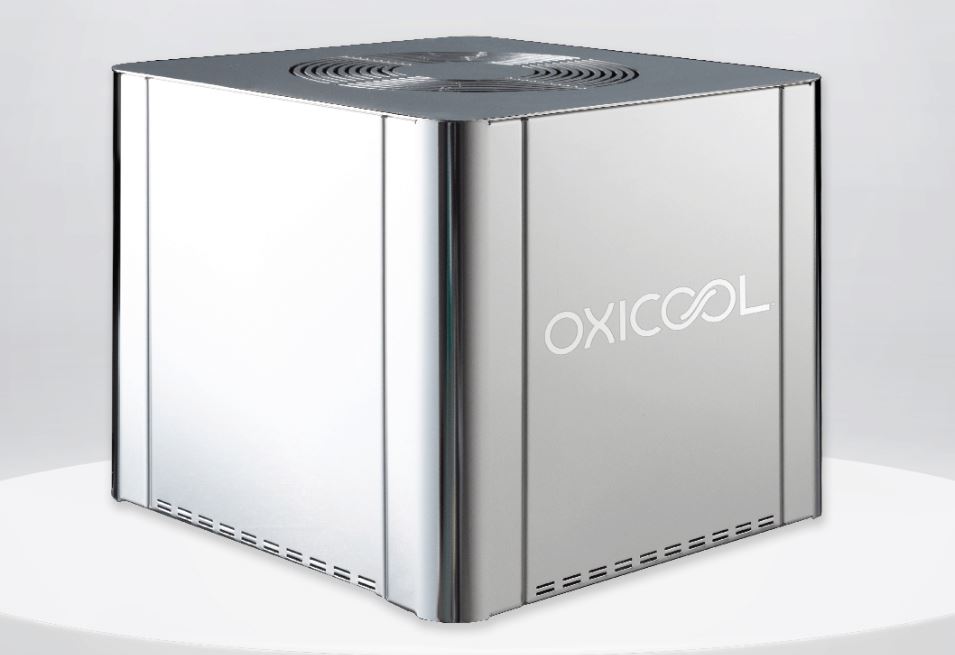Kenworth Truck Company
Design Engineer, March 2019 - Present
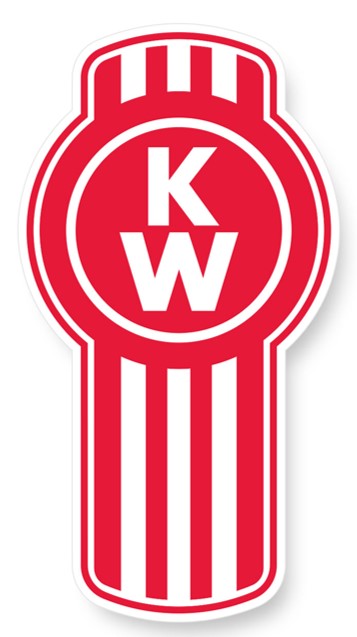
Summary
Kenworth has been a great experience! Growing up in a logging family and getting a job that manufactures the trucks has made several relatives proud. Plus designing semi-trucks is very cool! Seeing 200 trucks roll off the production line in a single day at one of the plants is very eye opening!
At Kenworth I am a design engineer within the Cab Interior, Structures, and HVAC team. My initial focus when hired on was HVAC, but after finishing a few projects I moved onto interiors and structures.
John is a great addition to the KW engineering department and the cab group. He has demonstrated strong motivation to learn and contribute. He is not afraid to offer new ways of doing things and has a continuous-improvement mindset. He brings a very positive attitude to whatever he’s assigned.
Bunk Ladder
My favorite project at Kenworth so far has been developing a new bunk ladder option. The ladder has not been released to all customers yet, so I can’t share specific images. This project enhanced my skills in: project management, fast design iterations, physical testing, and following industry standards. I was the lead engineer and temporary project manager. I loved this project because it had a fast unrealistic timeline and I had full control of the project. On top of that I got to work with suppliers from Europe, Asia and North America.
This project had a small tooling budget so design iterations was priority. I created multiple designs at the start and held several concept reviews to received early feedback fast.
Using Creo I designed parts for extrusion, sheet metal and injection molding.
I worked with our manufacturing team early to avoid high costs early. My favorite project at Kenworth so far has been developing a new bunk ladder option. The ladder has not yet been released to all customers, so I can’t share specific images. This project enhanced my skills in project management, communication, fast design iterations, physical testing, and following industry standards. I was the lead engineer and temporary project manager. I loved this project because it had a rapid timeline and I had full control of the project. On top of that I got to work with suppliers from Europe, Asia and North America.
This project had a small tooling budget, therefore I spent a lot of time focusing on the design and making it as simple as possible to manufacture. I created multiple designs at the start and held several concept reviews to receive early feedback fast. My team and I used DFSS tools including QFD, PSM and Decision Matrix to narrow down what the customer wanted into something we could easily implement into our product. Including the manufacturing team at the concept phased saved us a lot of time and money in the long run. I was able to ask them for suggestions or help with designs when needed. Using Creo I designed parts for extrusion, sheet metal and injection molding.
Once we had a complete design, I was able to retrofit a prototype onto one of our trucks and test it out. It was a great hands-on experience and gave me some user feedback quickly.
Working with our testing facility I was able to coordinate and plan the testing completed for this ladder. We started with a few rounds of FEA for stress and fatigue. We then moved to physically testing the ladder on a shake test and a cycle loading test. The shake test was used to verify the ladder was safe while the truck was moving in both it’s stowed position and deployed position. The cycle loading test was to verify the max loading rating and total life cycle.
Once the product was fully validated, I was able to go to the plant and supervise the installation of the first six bunk ladders. For the most part the builds went flawlessly. We had a couple minor hiccups but made some minor changes and the next round of builds went smoothly.
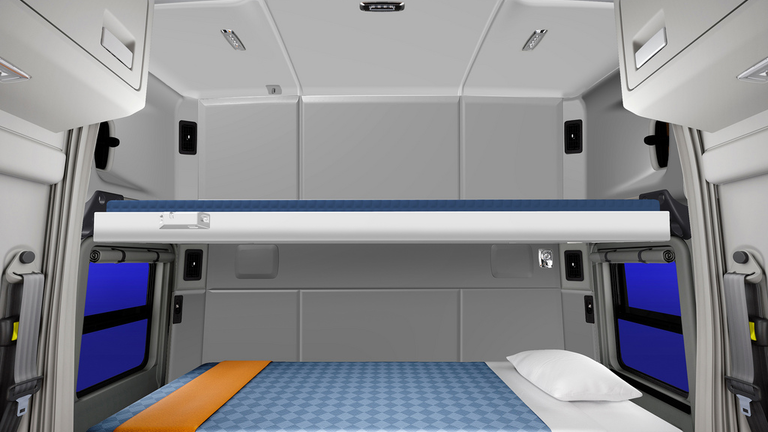
Kenworth Limited Truck Interior
Kenworth is celebrating an achievement in the near future and I have been assigned as the design engineer. This project is still in development and private, but offers a new interior trim option. This project has introduced me to stitching and fabric processes. Within this project I get to work with our suppliers for the steering wheel, seats, and more. Additionally, I get to work closely with our styling department. This project has many parts and each with their own suppliers, which has improved my ability to keep track of multiple parts and suppliers.
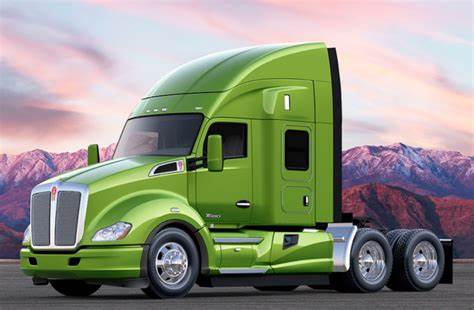
Hood Mirrors
The next generation of Kenworth trucks focused more on aerodynamics which created the need for new hood mirrors. The new hood surface is an organic curve while the old surface was flat. The project goal was to reuse the majority of the hood mirror sub-assembly and only change the mounting components. Other key factors to note; there are three hood styles with different surface profiles, two types of mirror assemblies, and would like to commonize the parts with our Peterbilt sister company.
I started the project by defining the space where the mirrors had to be located given different viability and clearance parameters. Once I had the mirror location defined and knew the different hood skins, I was able to create bases to fill in the voids. Then, I looked into different materials and manufacturing processes that could help with commonizing parts and reducing tooling costs.

John was assigned MLU hood mirror design in Sept and quickly took ownership and generated new solutions. He has identified design solutions that reduced capital cost and contained part cost. He modified a hood mounting bracket so its common for current product and MLU.
This project presented a lot of small challenges that everyone including myself initially overlooked. The parent project was much further ahead in schedule than the hood mirrors sub project, if the hood mirrors project started earlier there would have been less problems. For example, the hood skins could have been more uniform to allow the same base to mount to all 3 hood styles, however, the hood tooling was finished before I started the project. This added limitations and restrictions to the size and geometry of a backing plate the mirror could mount to.
As part of the hood mirror development he has worked towards a solution that balances part cost, tooling cost and functional requirements. He enlisted help from PTC (PACCAR Testing Center) to finalize visibility studies, worked with hood team to define mirror mounting, brainstormed with supplier on housing changes and consulted with manufacturing on addressing part complexity. The result of his efforts had address the significant tooling issue, while improving mirror visibility and meeting structural requirements.
Fleet Interior Cost Reduction
Another recent project I had was working with the interiors team to design a more affordable option for our heavy duty highway trucks. This project has introduced me to new manufacturing techniques including thermoforming and widening my knowledge in material selection.
From this project I have been gaining more experience with surface modeling within Creo and developing quick concept models to send to suppliers for quick estimates. I have become familiar with interior designs and learned basic design techniques for trim and storage parts
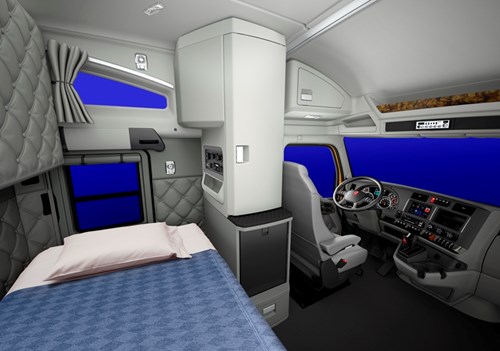
HVAC Lines
First project at Kenworth was designing the HVAC lines for the next generation of medium duty trucks. This project advanced my knowledge in cooling systems and components. Because there are different hood and engine sizes, there were various HVAC line configurations.
I started with concept designs for the lines, then I held concept and packaging reviews to propose what space under the hood I would like to claim for my lines and negotiate with other departments.
After designing, I was able to work on the prototype trucks and install the lines on actual trucks. The hands on experience was very useful to see how tight some areas were for tool clearances. Additionally, the prototypes showed us interference that were not covered in master assembly files due to miscommunication between departments.
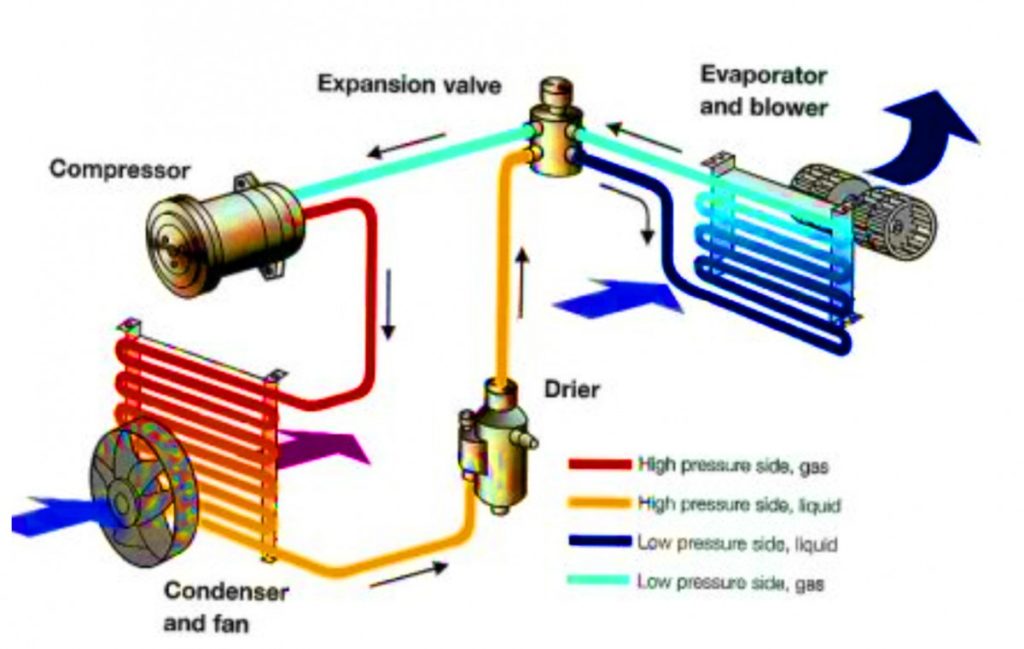
Oxi-Cool - Clean Energy HVAC
Our team supported a joint research and development project with Oxi-Cool. Their technology was intended to provide clean energy alternative for air conditioning when the engine is turned off. A great use for this would be for long haul truck drivers that sleep in the bunks while passing through the hot southern states or Mexico.
I supported the team by physically modifying the truck to fit their needs and supporting their testing trials.
Ultimately, their technology wasn’t ready for the market due to performance issues and scheduling, therefore, we cancelled the project.
